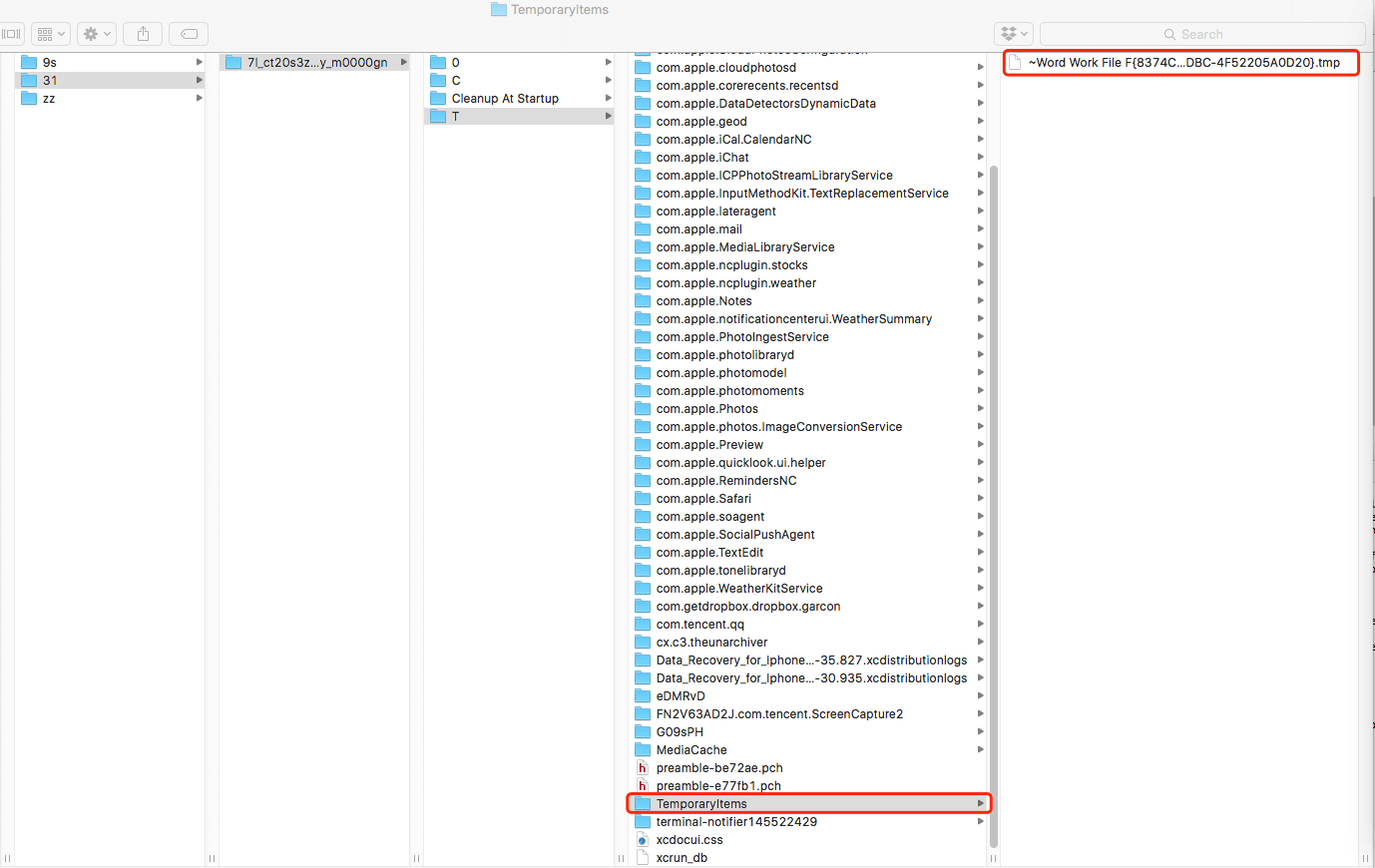

#Where to find autosaved word documents mac 2017 manual
If you do MAN for manual and ls you'll get a complete list of all the ways to modify it like that dash lower case l that I just showed you. LS is the main command for being able to see your files. You could see things like modified time, the file size in bytes, folders of course generally don't have much of a file size to them. I can get a better list by doing LS space dash l (lower case l.) This will put them in a list format here. So if I were to list the files there I should see the same files, actually folders, that are here. You could see I'm also at the Home folder there. This is where this Finder window is working. So, for instance, in the Finder here I'm here at my Home folder level. Now when you're working in the Terminal you're in a specific folder on your hard drive, just like you are when working in the Finder. You can go to Terminal Preferences and set these up as defaults if you want.

I'm also going to use Command and + to make the font size a little bit bigger. I'm going to go to Shell, and Show Inspector, and switch to one of these other profiles here. Let's change it to something a little easier to look at. Let me show you the most basic commands to get you started.Īlright, so let's launch Terminal and it's going to give us this default window. So if you've ever wondered if there's a way to type instead of drag and drop to access your files, well there is! You can use the Terminal to access your files, your folders, work with them, rename them, move them around, open them, and do almost everything you could do in the Finder except by typing instead of using the cursor. There you can read more about it, join us and get exclusive content. MacMost is brought to you thanks to a great group of supporters. Let me show you how you can work with your files in the Terminal instead of the Finder. Check out Using Terminal Commands As An Alternative To The Mac Finder at YouTube for closed captioning and more options.


 0 kommentar(er)
0 kommentar(er)
